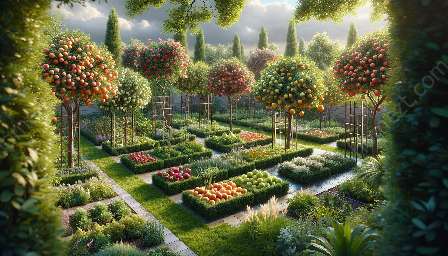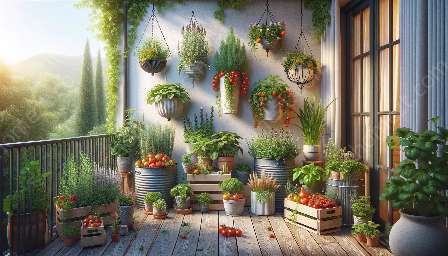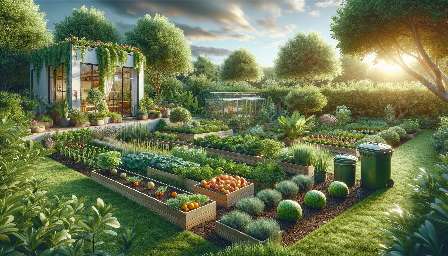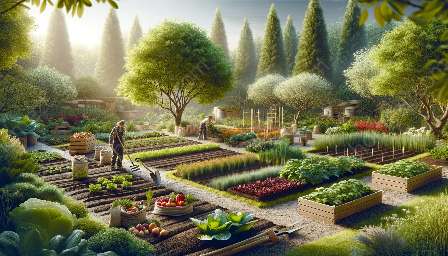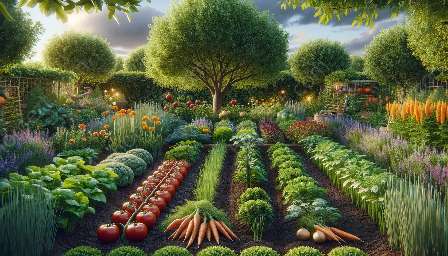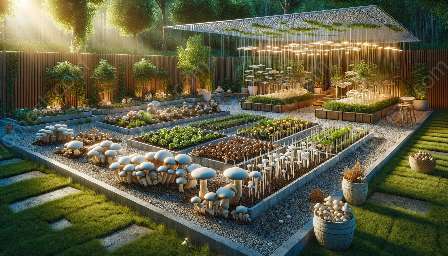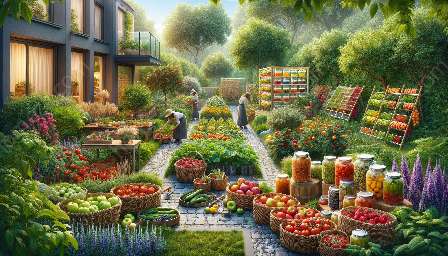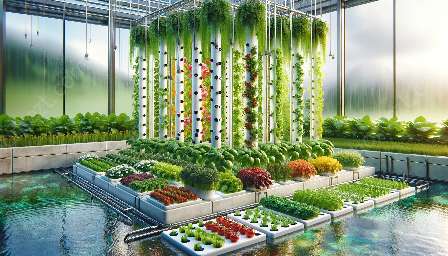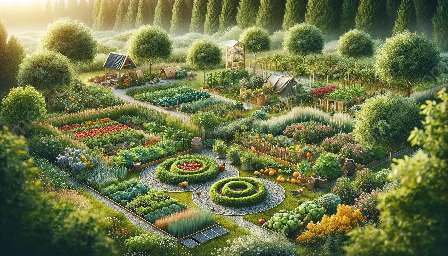Seed-saving and heirloom varieties play a crucial role in preserving genetic diversity and promoting sustainable agriculture. In this topic cluster, we will explore the significance of saving seeds, the unique qualities of heirloom edible plants, and their relevance to gardens and the cultivation of fruits.
The Importance of Seed-Saving
Seed-saving is the practice of saving seeds from plants for future planting and cultivation. It is an ancient tradition that has contributed to the biodiversity of edible plants, ensuring that unique and valuable genetic traits are passed down through generations. By preserving and exchanging seeds, gardeners and farmers help safeguard the resilience of crops, adaptability to local environments, and resistance to pests and diseases.
Furthermore, seed-saving empowers individuals and communities to become more self-reliant and less reliant on commercial seed sources. It promotes a sustainable, decentralized approach to agriculture, fostering a deeper connection to the land and the plants we rely on for sustenance.
Heirloom Varieties of Edible Plants
Heirloom plants are open-pollinated varieties that have been passed down through generations for their distinct characteristics, flavors, and histories. They offer a diverse array of colors, shapes, sizes, and flavors, enriching the culinary and cultural heritage of edible plants. Heirloom fruits and vegetables are often prized for their superior taste and nutritional value compared to modern hybrid varieties.
When grown and saved, heirloom seeds preserve unique genetic traits that may have been lost in modern commercial breeding. They contribute to the conservation of rare and endangered plant species, serving as repositories of our agricultural past and potential sources of resilience for the future.
Gardening with Heirloom Varieties
Growing heirloom varieties in your garden not only provides a source of fresh, flavorful produce but also contributes to the preservation of agricultural heritage. By nurturing heirloom plants, gardeners become stewards of genetic diversity, fostering a deeper appreciation for the interconnectedness of plant and human communities.
Furthermore, cultivating heirloom fruits and plants enables individuals to play a proactive role in combating the loss of biodiversity and promoting sustainable food systems. It encourages experimentation and adaptation, allowing for the exploration of unique flavors and adaptations suited to local climates and environmental conditions.
Connecting Edible Plants and Fruits
Edible plants and fruits encompass a wide range of species, from culinary herbs and leafy greens to luscious berries and succulent stone fruits. Seed-saving and heirloom varieties extend this diversity, offering a tapestry of options for home gardeners and commercial growers. Understanding the interconnectedness of different edible plants and fruits can inspire a holistic approach to garden planning and cultivation.
By incorporating heirloom varieties into edible landscapes, individuals not only promote the conservation of diverse flavors and qualities but also contribute to the resilience of food systems. This interconnected approach encourages the conservation and celebration of flavors, traditions, and stories embedded in our edible plant heritage.
Conclusion
Seed-saving and heirloom varieties of edible plants represent an invaluable opportunity to preserve genetic diversity, celebrate cultural heritage, and promote sustainable food systems. By recognizing the significance of these practices, individuals can take meaningful steps to conserve biodiversity, enhance culinary experiences, and cultivate stronger connections to the natural world.

